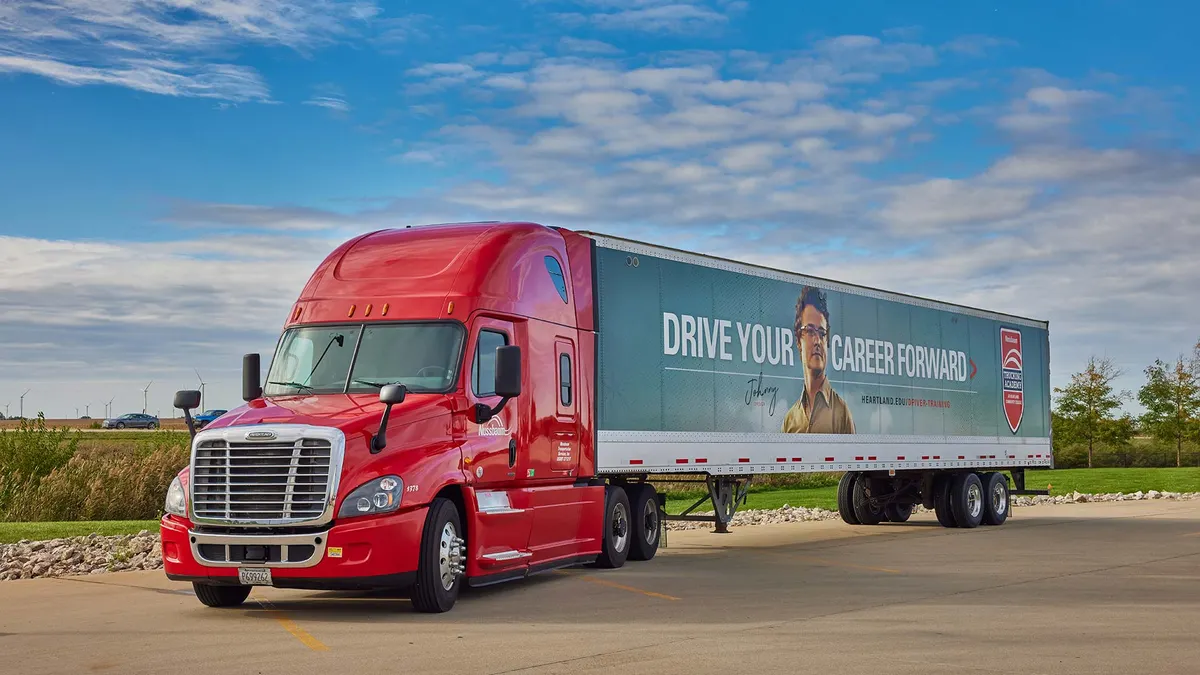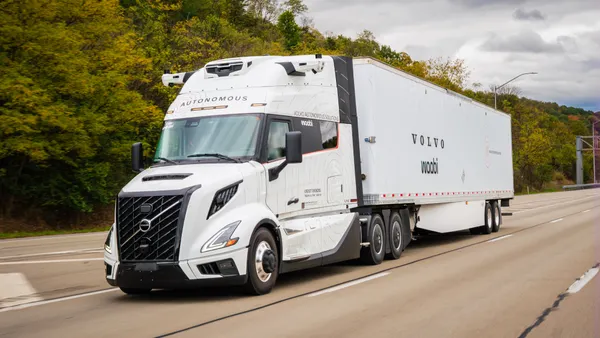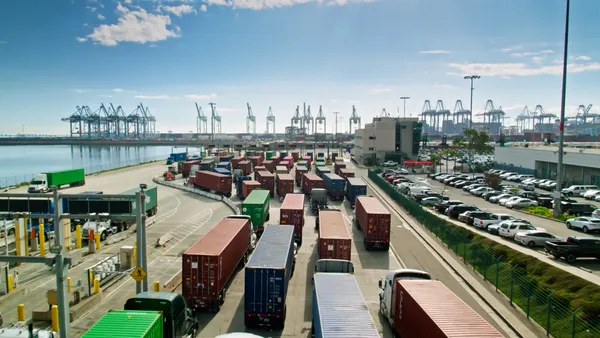Nussbaum Transportation plans to add dash cameras from Lytx across its fleet of 600 trucks by the end of the year, according to a June 17 press release. The carrier started adding DriveCam Event Recorders in early 2025 with plans to have a complete full-fleet deployment by the end of the year.
The DriveCam is powered by artificial intelligence. It will help identify high-impact driving behaviors, such as distance, intersection safety and seatbelt use, and coach drivers with customized notifications so truckers can self-correct any unsafe behaviors, per the release.
Nussbaum said the pilot was competitive, but Lytx stood out for its AI technology.
“As we bolster our safety program to meet the challenges our drivers face today and on the roadways of tomorrow, Lytx is a true partner in helping us protect our most valuable assets in motion,” Jeremy Stickling, chief administrative officer at Nussbaum, said in the release.
Nussbaum also said its drivers face a variety of adverse weather scenarios, and Lytx’s Weather Hazard Alerts feature was a determining factor when selecting the DriveCam. The feature uses geospatial technologies, localized weather warnings, video data and AI to enable navigating through inclement weather without compromising operational efficiency, per the release.
Another carrier, C.R. England, is also using Lytx’s DriveCam. In March, the carrier announced its plan to install Lytx driver-facing cameras in more than 3,500 trucks to monitor distracted driving, handheld cellphone use, unworn seat belts and close following.
While there are both pros and cons when it comes to dash cams in the trucking industry, one perception that stands out is privacy, trucking company ATS said in a blog post.
One way Lytx’s DriveCam can address privacy concerns is giving fleets control over settings. For example, Nussbaum has the ability to set when a recording is triggered. “[T]he fleets can determine the type and method by which the alerts and videos are created,” Dave Riordan, Lytx’s EVP of Strategic Accounts, told Trucking Dive in an email.
Nussbaum can customize and set recording policies such as selecting 12 second versus 30 second videos, selecting when and where audio is recorded, and giving drivers warning alerts before video kicks on.
“The strategy here is to give the fleets control of the type of video/audio recording and how the events are created (e.g., after giving the driver a certain number of times to self-correct),” Riordan said.














